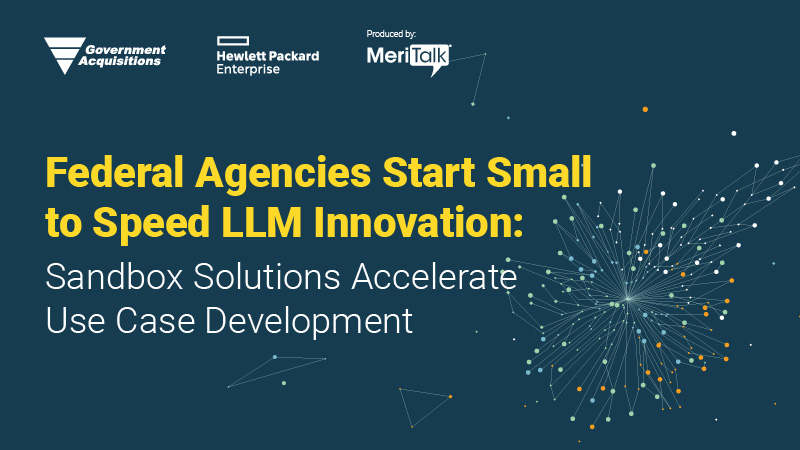
Tech sector experts said this week that the second Trump administration is expected to create a very “pro innovation” – and particularly – a “pro AI” platform.
During a CSIS event on Monday, leaders across three think-tanks emphasized that President-elect Trump will “not be working off a blank slate” because he issued his own AI executive order (EO) at the end of his first term in 2020.

“The Trump administration actually did some pretty substantive work on artificial intelligence policy at the Federal level, including an executive order,” said Neil Chilson, the head of AI policy at The Abundance Institute. “That vision was one of optimism, one of a powerful tool that can be useful both to the civil society but also to government and to science. And I think we’ll see that much more now.”
Chilson continued, “I expect to turn from the skepticism about how this might affect society and much more towards optimism, and more than that, a necessity of keeping the lead in this technology vis a vis China.”
Kara Frederick, the director of the Tech Policy Center at The Heritage Foundation, said she likes to refer to the Republican platform on AI as “an affirmative agenda for these emerging technologies.”
“We’re trying to engender an idea of these technologies as … something that is going to work for the everyday American, something that is going to work for Western values,” Frederick said. “Especially vis a vis the more autocratic … CCP-oriented values that are, I would say, quickly achieving parity in some instances of AI progress.”
“We are presenting a vision, we think, as conservatives, that’s very to the moon, to Mars-esque,” she continued, along with “less regulatory constraints.”
The panelists said they believe that the Trump administration will revoke the Biden-Harris administration’s AI EO from October 2023 when it comes into office in January, noting that Trump is going to take a “deregulation” approach.
“The [regulatory] approach is one that we’re not going to see under the incoming administration. Regulation is not the answer to our problems,” said Brandon Pugh, the director and senior fellow of Cybersecurity and Emerging Threats at R Street Institute. “Rather, the first Trump administration leaned on soft law, looking at standards and best practices and guardrails, rather than jumping into a very regulatory and enforcement backed approach.”
Chilson argued that the Biden administration took a privacy approach with AI that will not carry over in the Trump administration.
“[Biden’s] executive order is full of that type of language that talks about algorithmic bias. And I think that just won’t be the primary or even secondary emphasis of a Trump administration in an executive order. It will be focused much more on what can we do to enable this technology, both in the commercial sector and in the government sector, and a lot of that means cutting back on restrictions,” Chilson said.
When it came to whether or not the National Institute of Standards and Technology’s (NIST) AI Safety Institute (AISI) would remain intact under the Trump administration, the think tank experts were unsure.
“Guardrails matter, and I don’t think the Wild West has worked out in other areas of the tech space, and I don’t think it will necessarily work out with AI absent guardrails,” Frederick said, but added that “the word AI safety has been poisoned. It is radioactive in some very conservative circles.”
The motion to codify the AISI through legislation has been mostly bipartisan, with the Future of AI Innovation Act co-sponsored by Sens. Maria Cantwell, D-Wash., Todd Young, R-Ind., John Hickenlooper, D-Colo., and Marsha Blackburn, R-Tenn., making headway in the Senate during the current congressional session.
During a separate panel at the CSIS event, White House Special Advisor for AI Ben Buchanan said the Biden administration’s EO laid the foundation for the next Trump administration to make important decisions on AI.
“When folks look at what our AI policy is, and the incoming team, the things we’ve tried to prioritize – doing it here; making sure we have the infrastructure to do it; making sure the systems are safe; making sure we bring in the talent we need to do that; taking all that technology and putting it in the U.S. government national security apparatus so we can use this in our competition, especially with China; making sure the Chinese don’t build this technology on their own. I think there’ll be far more continuity than not continuity,” Buchanan said.
He added, “A lot of the big thrust of the executive order and the national security memorandum, when you look at the details, these are not particularly partisan ideas.”
